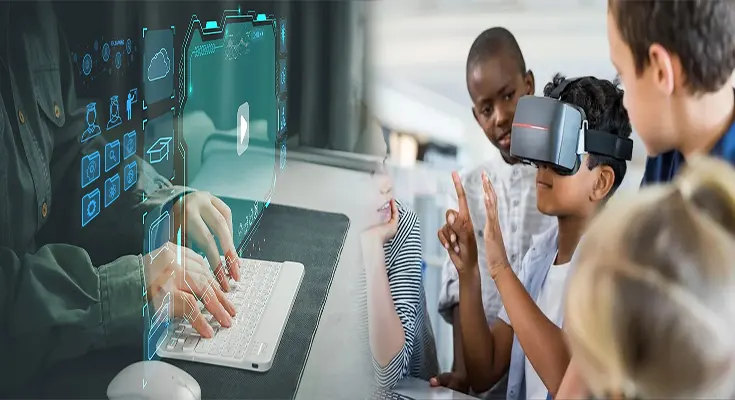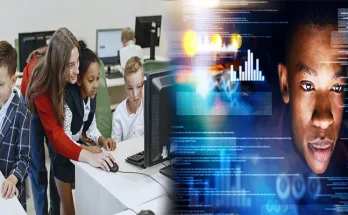The landscape of education is continuously evolving, driven by advancements in technology that are reshaping how we teach and learn. As we look to the future, several key trends in computer-based learning technology are poised to transform the way we engage with educational content and resources. In this article, we will explore some of the exciting future trends in computer-based learning technology that are set to revolutionize the field of education.
1. Adaptive Learning Systems
One of the most promising trends in computer-based learning technology is the development of adaptive learning systems. These systems leverage artificial intelligence and machine learning algorithms to personalize the learning experience for each student. By analyzing student performance data and behavior, adaptive learning systems can dynamically adjust the content, pace, and difficulty of lessons to meet the individual needs and learning styles of students. This personalized approach holds great potential for enhancing student engagement and improving learning outcomes.
2. Virtual and Augmented Reality
Virtual reality (VR) and augmented reality (AR) technologies are rapidly gaining traction in the field of education, offering immersive and interactive learning experiences. In the future, we can expect to see continued expansion of VR and AR applications in computer-based learning technology. These technologies can transport students to virtual environments, allowing them to explore concepts in a hands-on and engaging manner. From virtual field trips to immersive simulations, VR and AR have the potential to revolutionize the way students learn and understand complex topics.
3. Gamification and Microlearning
Gamification, the integration of game elements and mechanics into educational content, has proven to be an effective way to increase student motivation and engagement. In the future, we can anticipate the widespread adoption of gamified learning platforms and applications that incentivize learning through rewards, challenges, and progress tracking. Additionally, microlearning, the delivery of bite-sized educational content in short, focused bursts, is gaining popularity as an effective way to promote knowledge retention and skill acquisition. These trends in gamification and microlearning are expected to play a significant role in shaping the future of computer-based learning technology.
4. Collaborative and Social Learning Environments
The future of computer-based learning technology is also characterized by an emphasis on collaborative and social learning environments. Online platforms and tools that facilitate communication, collaboration, and knowledge sharing among students and educators are becoming increasingly prevalent. These collaborative learning environments enable students to engage in group projects, discussions, and peer-to-peer interactions, fostering a sense of community and enhancing the learning experience. As technology continues to evolve, we can anticipate the integration of more seamless and interactive collaborative features into computer-based learning platforms.
5. Data Analytics and Learning Insights
Data analytics and learning insights are becoming essential components of computer-based learning technology. By leveraging data analytics tools and algorithms, educators can gain valuable insights into student performance, engagement levels, and learning preferences. This data-driven approach enables educators to identify patterns, assess the effectiveness of teaching strategies, and tailor instruction to meet the specific needs of students. In the future, we can expect to see increased integration of data analytics and learning insights tools to enable more personalized and data-driven learning experiences.
The future of computer-based learning technology is marked by exciting trends that have the potential to revolutionize the field of education. From adaptive learning systems and virtual reality to gamification and collaborative learning environments, these trends are shaping the future of how we teach and learn. By embracing these technologies and trends, educators and institutions can create more engaging, personalized, and effective learning experiences for students, preparing them for success in a rapidly changing world driven by technology.





